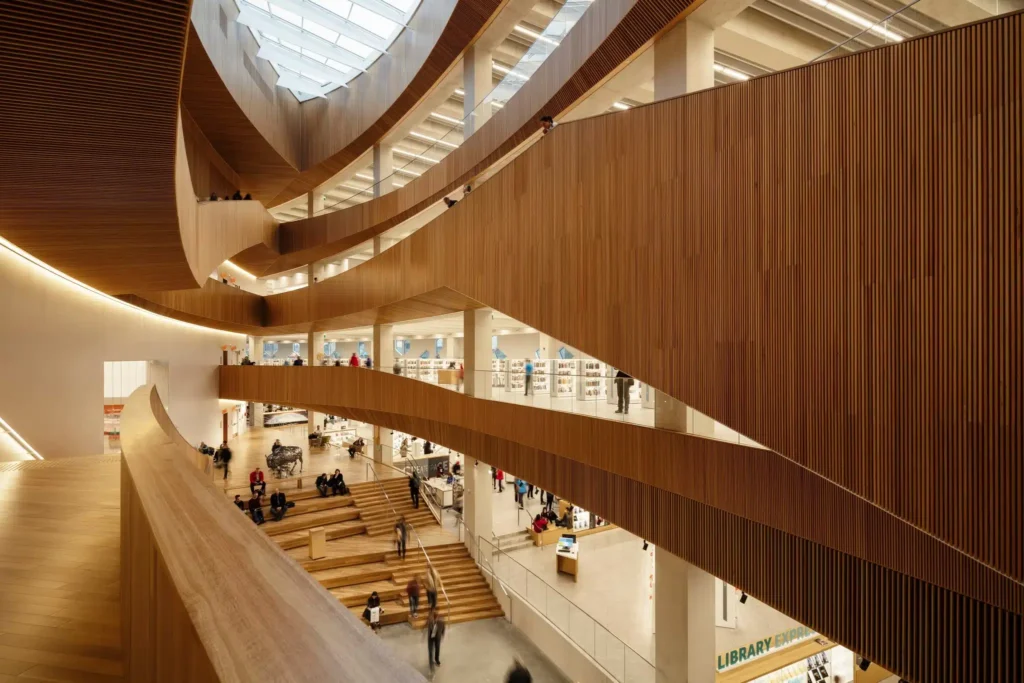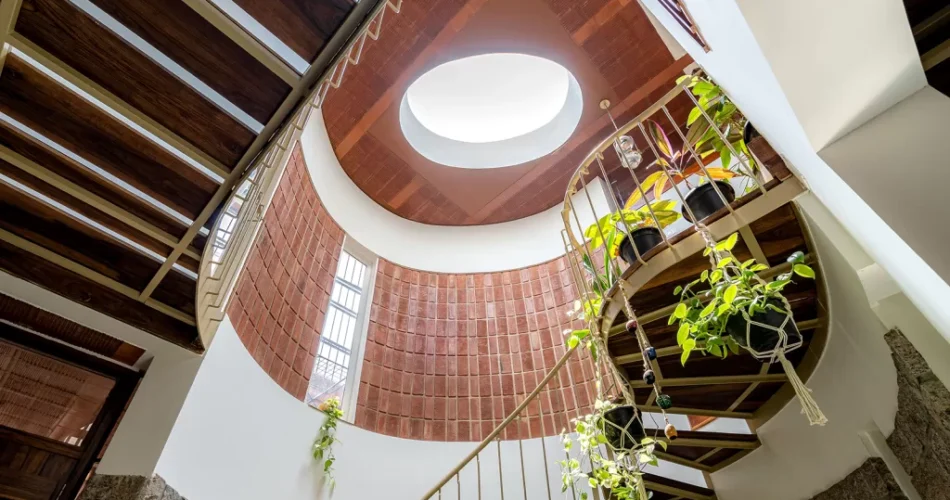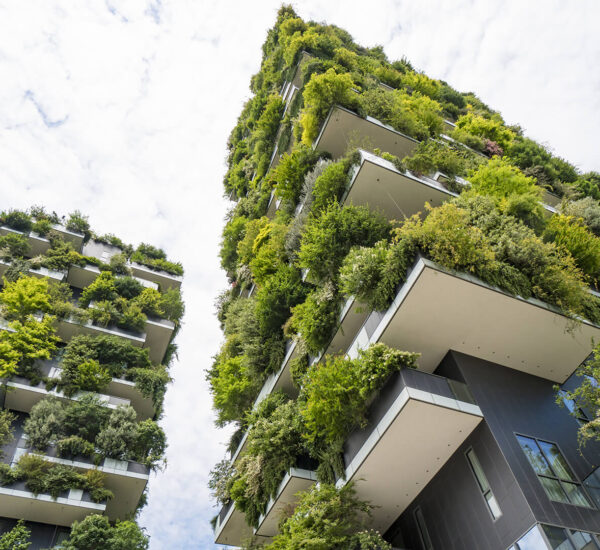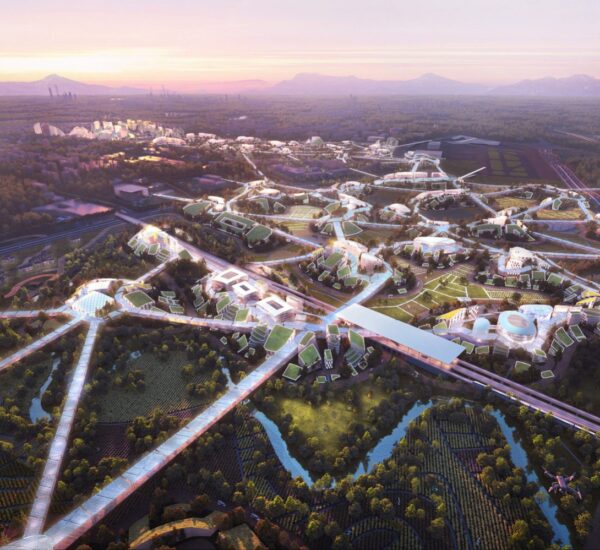Light is often considered one of the most influential elements in architecture, shaping not only the aesthetics of a space but also its functionality and atmosphere. Natural light, in particular, plays a crucial role in defining the experience within a building, from the way a room feels at different times of day to its environmental efficiency. By thoughtfully integrating light into architectural design, architects can create spaces that are both beautiful and functional, while also promoting sustainability.
In this post, we’ll explore how light influences architecture and how design decisions can harness the power of natural illumination to enhance both the form and function of buildings.
1. Light as a Design Element

When designing a space, architects treat light as a key material to mold the environment. The way natural light enters and interacts with a building can affect the mood, comfort, and functionality of the space. For example, a large window or glass wall might bring in abundant sunlight, creating a vibrant, open feeling. Alternatively, strategically placed skylights or clerestory windows can flood a room with light from above, casting interesting shadows and adding texture to the space.
Natural light changes throughout the day and with the seasons, so architects often think about how it will evolve over time in order to ensure that the space remains dynamic and adaptable. Consider the play of light in a space as something that contributes to the atmosphere, like color or material choices.
2. Daylight and Energy Efficiency
One of the significant benefits of integrating natural light into architectural design is its potential to reduce energy consumption. When daylight is used effectively, it can reduce the need for artificial lighting, which leads to lower energy costs and a reduced carbon footprint. This not only benefits the environment but also enhances a building’s energy efficiency.
Many modern architectural trends, such as open-plan spaces and floor-to-ceiling windows, are designed to maximize daylight penetration. The use of reflective surfaces, light shelves, and well-positioned lightwells can help distribute natural light more evenly throughout a room, ensuring that spaces remain well-lit without relying on artificial lighting.
Architects also pay attention to the orientation of buildings to capture the maximum amount of natural light throughout the year. For instance, in northern latitudes, where sunlight is limited in the winter months, buildings are often oriented to take advantage of the low-angle winter sun, while shading elements are incorporated to prevent overheating during the summer months.
3. The Psychological Impact of Light

Beyond its functional role, light has a profound effect on human psychology. Exposure to natural light has been shown to improve mood, boost productivity, and promote overall well-being. In work environments, for example, employees who have access to abundant natural light report higher levels of job satisfaction and better focus. This is why architects consider how light will influence not just the aesthetics of a space but also the human experience.
Natural light can also help to connect indoor spaces with the outdoors, reducing the feeling of confinement and promoting a sense of openness. The idea of biophilic design, which seeks to integrate natural elements into the built environment, has gained significant traction in recent years, and light plays a central role in this approach.
4. Architectural Techniques for Harnessing Natural Light

There are several techniques that architects use to harness and direct natural light effectively:
- Windows and Glazing: The size, placement, and type of glass used in windows can have a dramatic impact on the amount of natural light that enters a building. Double-glazing can improve insulation while still allowing light to pass through, and operable windows allow users to control the amount of light and fresh air entering a space.
- Skylights and Roof Windows: These elements provide direct access to overhead sunlight and can be especially valuable in spaces where wall-mounted windows might not be feasible, such as in lower floors or buildings surrounded by taller structures.
- Light Wells and Courtyards: In densely built urban areas, light wells and internal courtyards allow natural light to reach the heart of a building. These features create a connection to the sky and bring daylight into the center of otherwise windowless spaces.
- Shading Devices: To prevent overheating or excessive glare, shading devices like overhangs, louvers, and shades are designed to control the intensity and direction of sunlight. By strategically positioning these elements, architects can regulate the amount of light that enters a space and create a comfortable, well-lit environment year-round.
5. Challenges in Natural Light Design
While the benefits of natural light are undeniable, integrating it into architecture presents several challenges. Excessive glare, heat gain, and privacy concerns can sometimes arise when large amounts of light enter a space. To mitigate these issues, architects often use advanced glazing systems that filter light without sacrificing transparency or clarity. The balance between capturing enough natural light while preventing negative side effects requires careful planning.
Additionally, some regions of the world have limited access to natural light for large portions of the year, requiring architects to come up with creative solutions to maintain a connection with the outdoors. In these instances, architects may incorporate artificial lighting systems designed to simulate the natural light cycle or use materials that reflect or diffuse light throughout the interior.
Conclusion
Natural light is far more than just a functional necessity in architectural design—it is a powerful tool for creating dynamic, sustainable, and comfortable spaces. By understanding how light interacts with materials, shapes, and the environment, architects can design buildings that not only look beautiful but also enhance the well-being of the people who use them. As sustainability and human-centered design continue to rise in importance, the role of light in architecture will only become more critical, helping to shape the future of the built environment.




